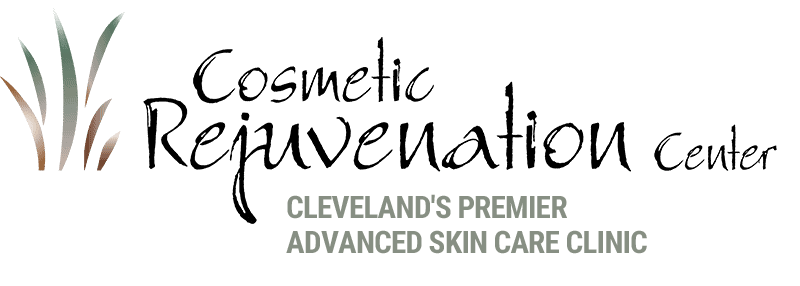31100 Pinetree Rd #105, Pepper Pike, OH, 44124

PRP Hair Restoration
PRP (platelet-rich plasma) therapy for hair loss is a three-step medical treatment in which a person’s blood is drawn, processed, and then injected into the scalp. Some in the medical community think that PRP injections trigger natural hair growth and maintain it by increasing blood supply to the hair follicle and increasing the thickness of the hair shaft. Platelet-rich plasma, or PRP, has become a popular alternative therapy for aesthetic skin rejuvenation.
PRP Hair Restoration
PRP Hair Restoration
Rather than injecting skin with foreign substances like Botox or synthetic fillers, PRP uses the body’s own natural healing process to regenerate damaged skin cells and tissue. But how does it work? PRP stimulates the body’s innate healing cascade. When we experience an injury, our body responds by delivering a rush of platelet cells. When these platelets are activated, they release several types of growth factors, proteins, and cytokines that play a fundamental role in cell regeneration and tissue healing. But PRP takes the natural healing response one step further by separating platelets from other blood components and concentrating them. This specially prepared platelet-rich plasma contains 5 to 10 times the concentration of platelets found in whole blood. The concentrated PRP is then delivered into affected areas of the face via injection, stimulating and significantly strengthening the body’s healing response. PRP is effective in skin rejuvenation and has been shown to: Improve skin tone appearance reduce appearance of fine lines, enhance areas that need volume, compared to saline injections, PRP was shown to better improve the mean optical density of facial collagen and, to a higher degree, reduce wrinkles and roughness. PRP can also aid in elastin production. One study in patients with actinic elastosis showed that those treated with PRP injections in their lower eyelid area had increased elastin production and a statistically significant increase in skin elasticity. Since PRP is an autologous therapy, using the patient’s own blood product, there is no risk of cross reactivity or immune reaction.
